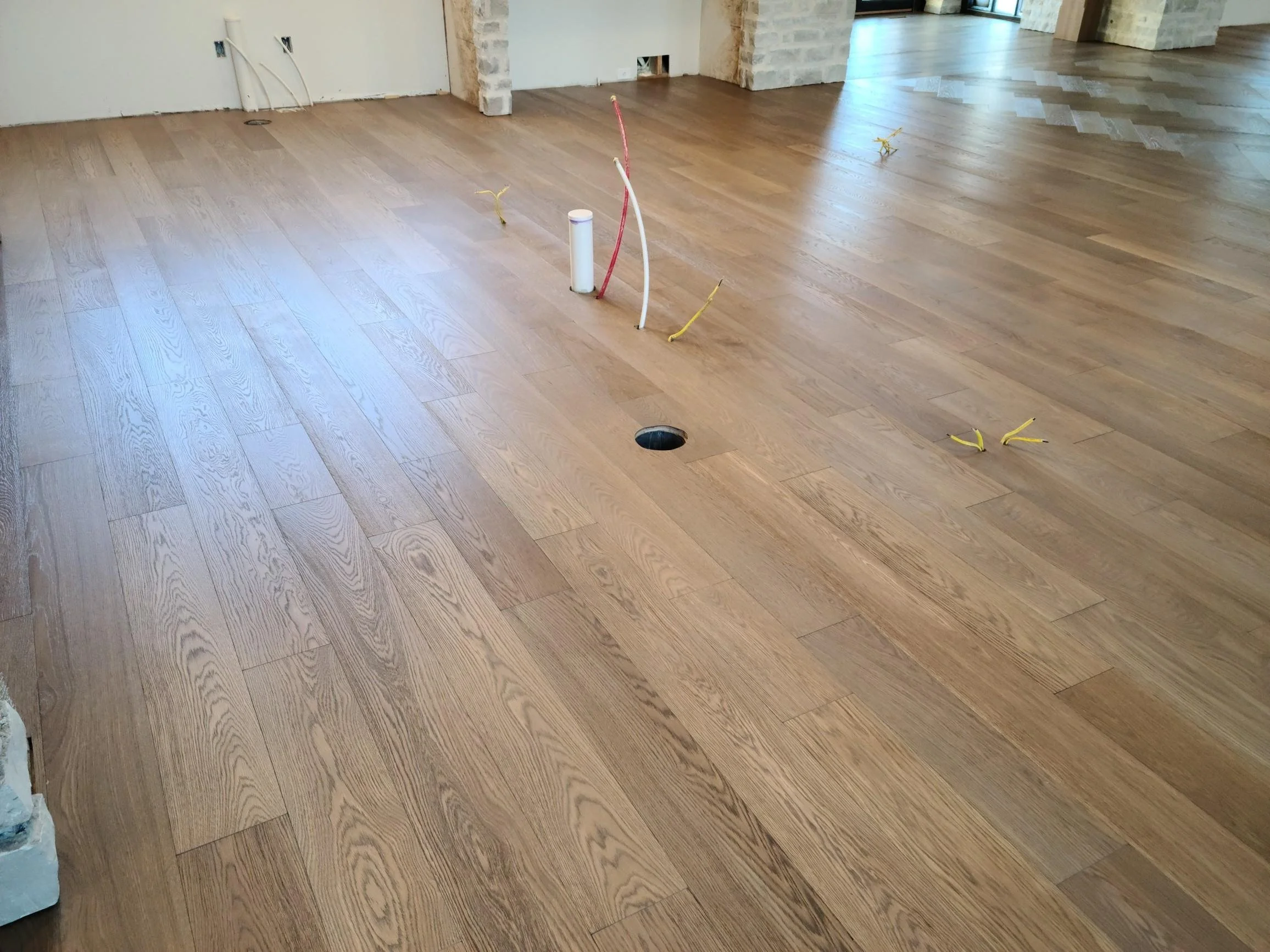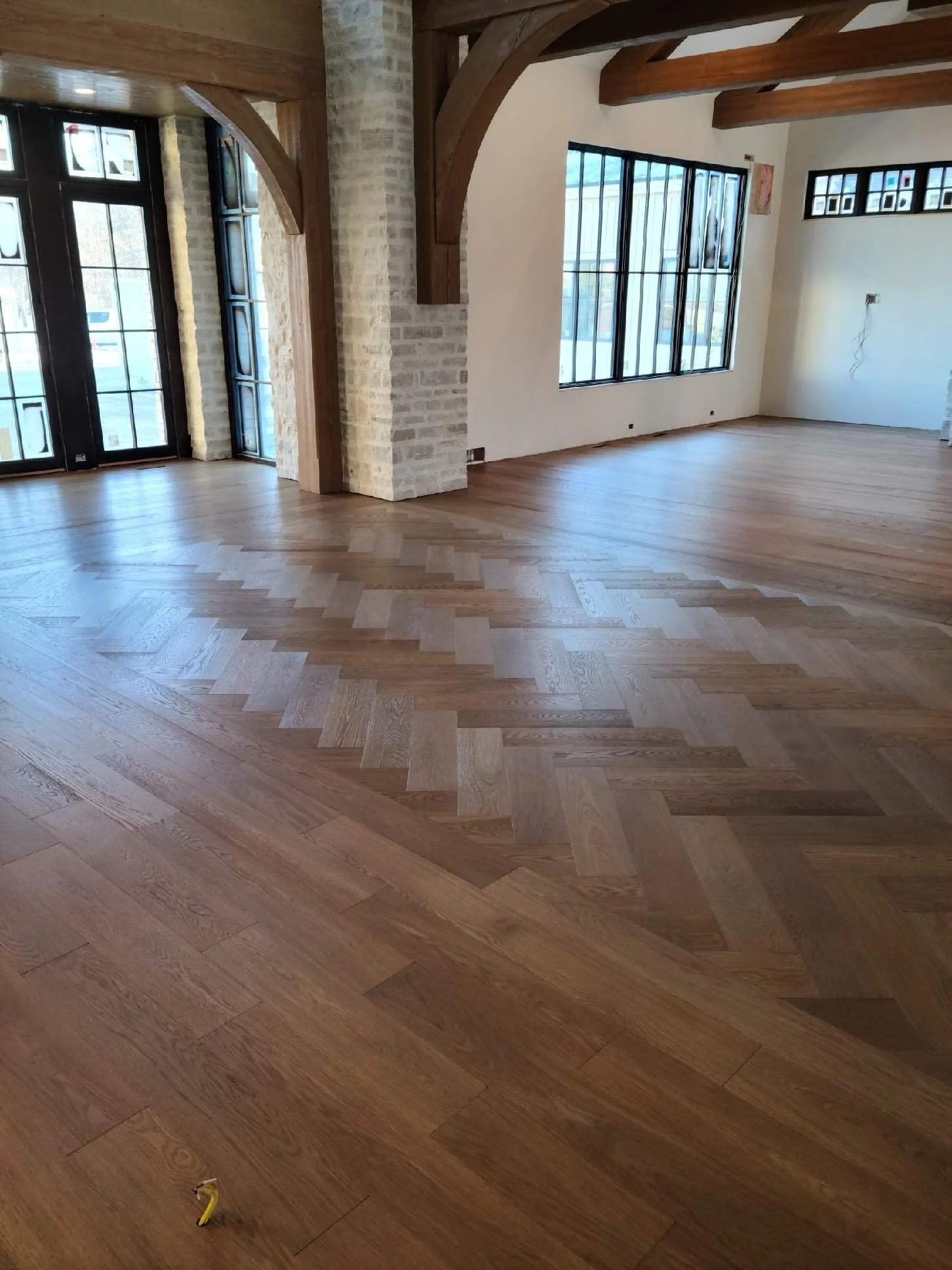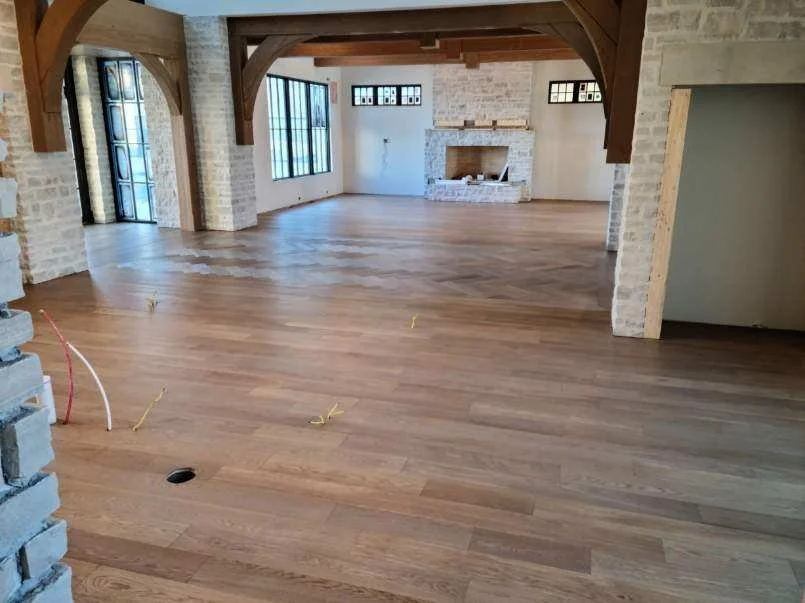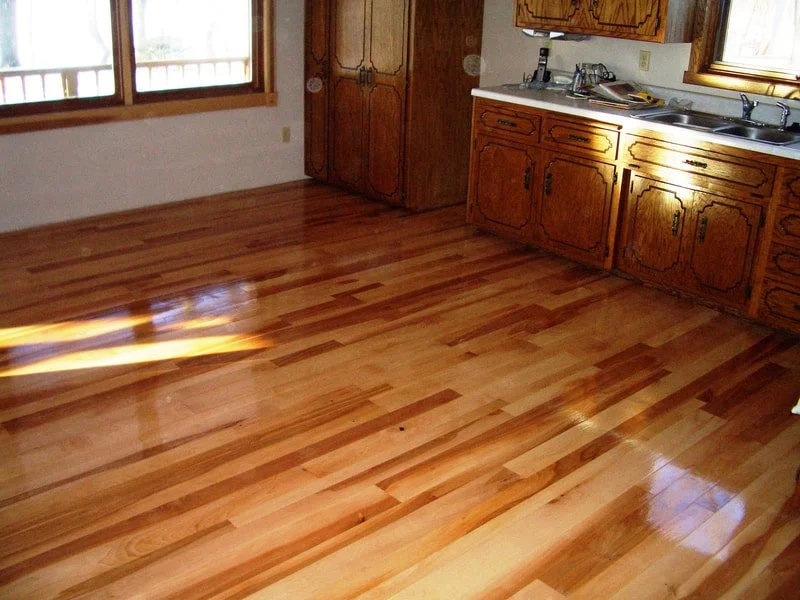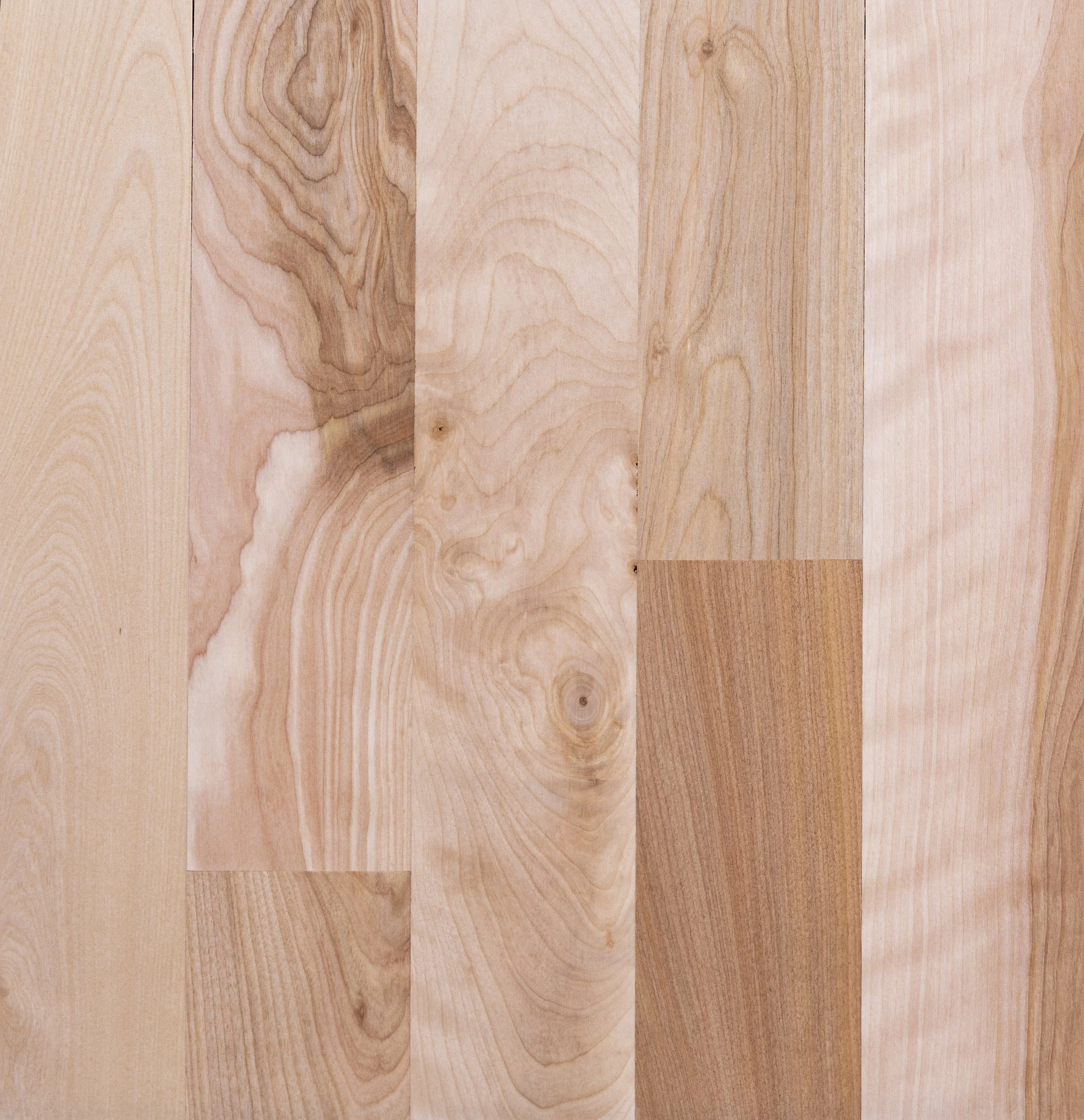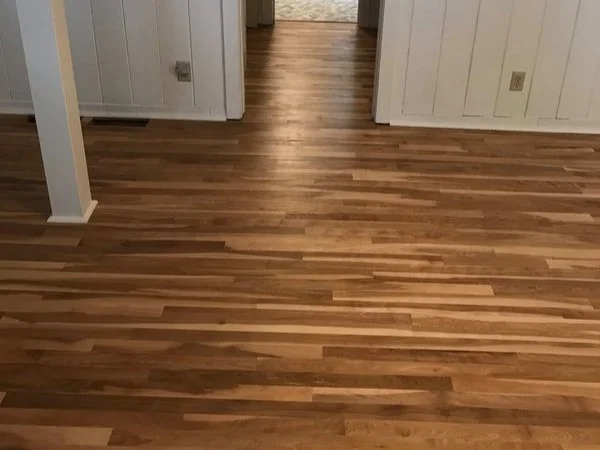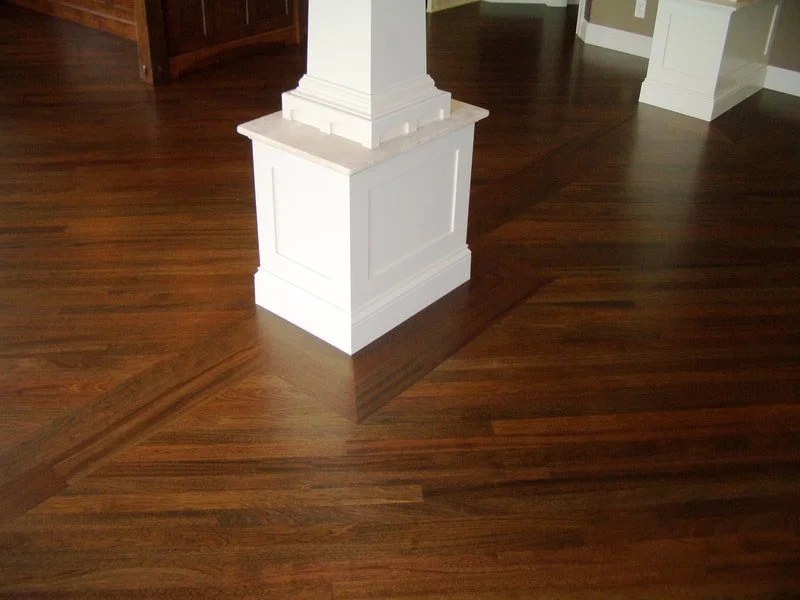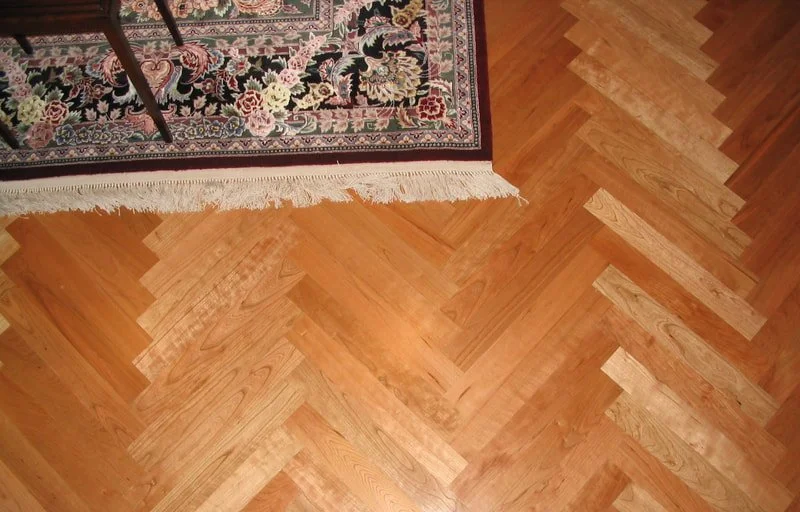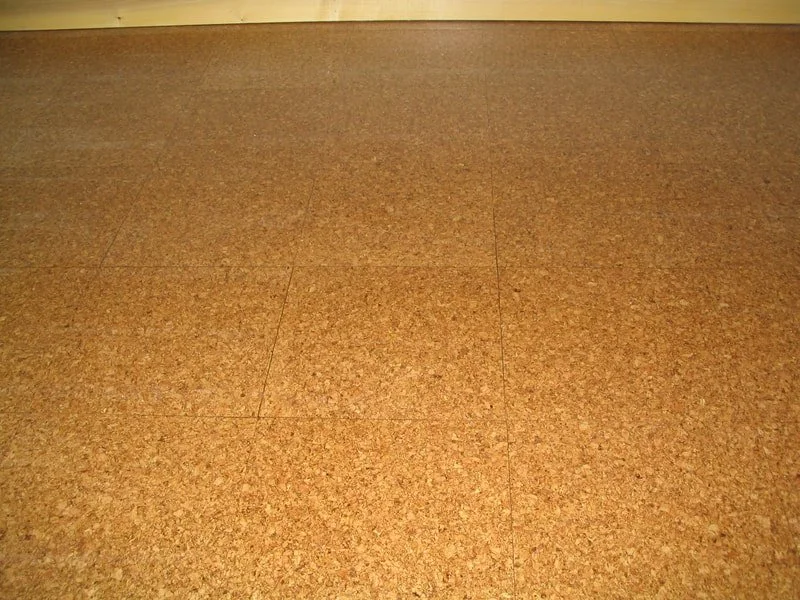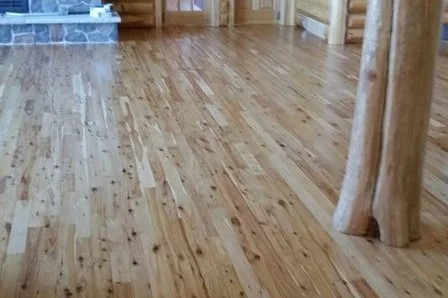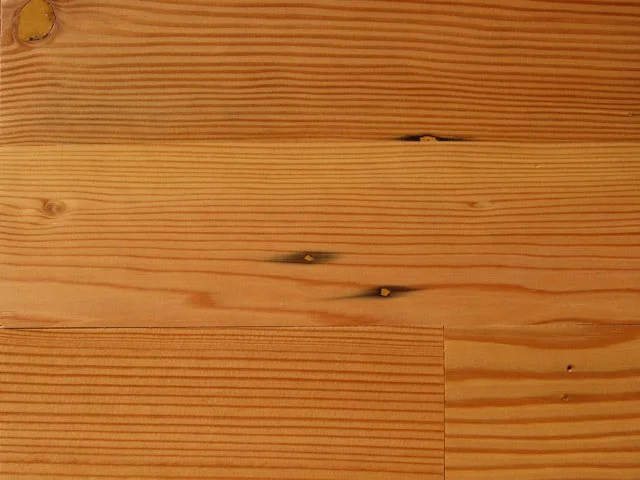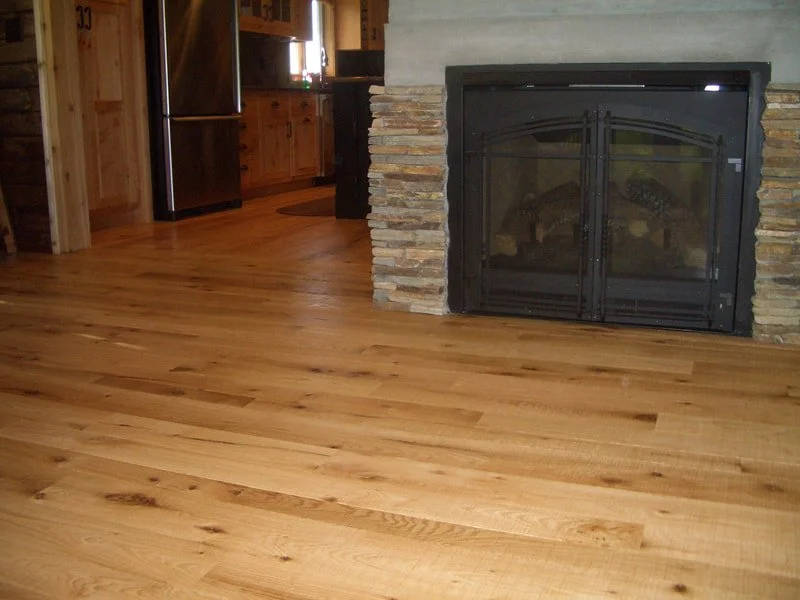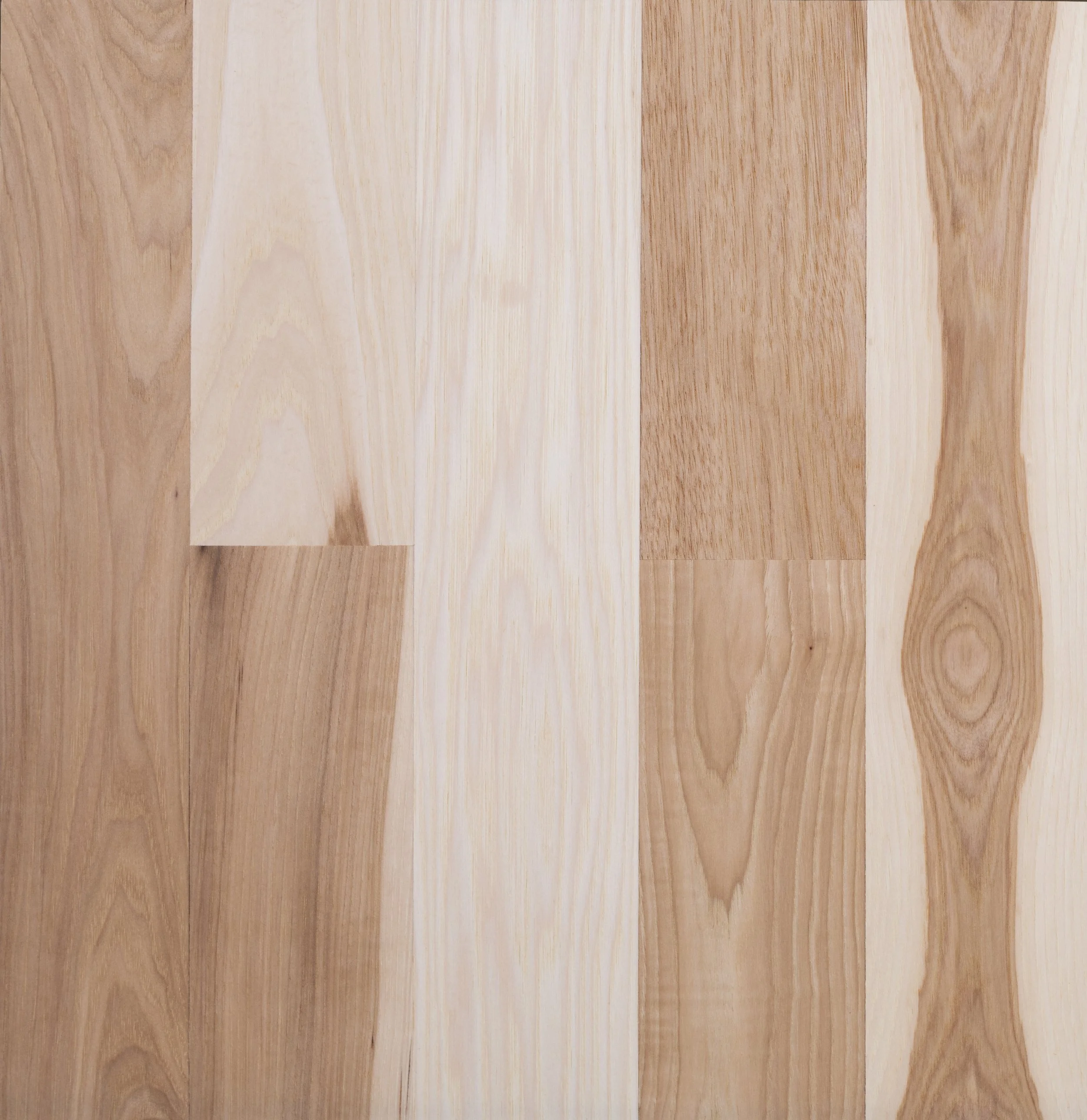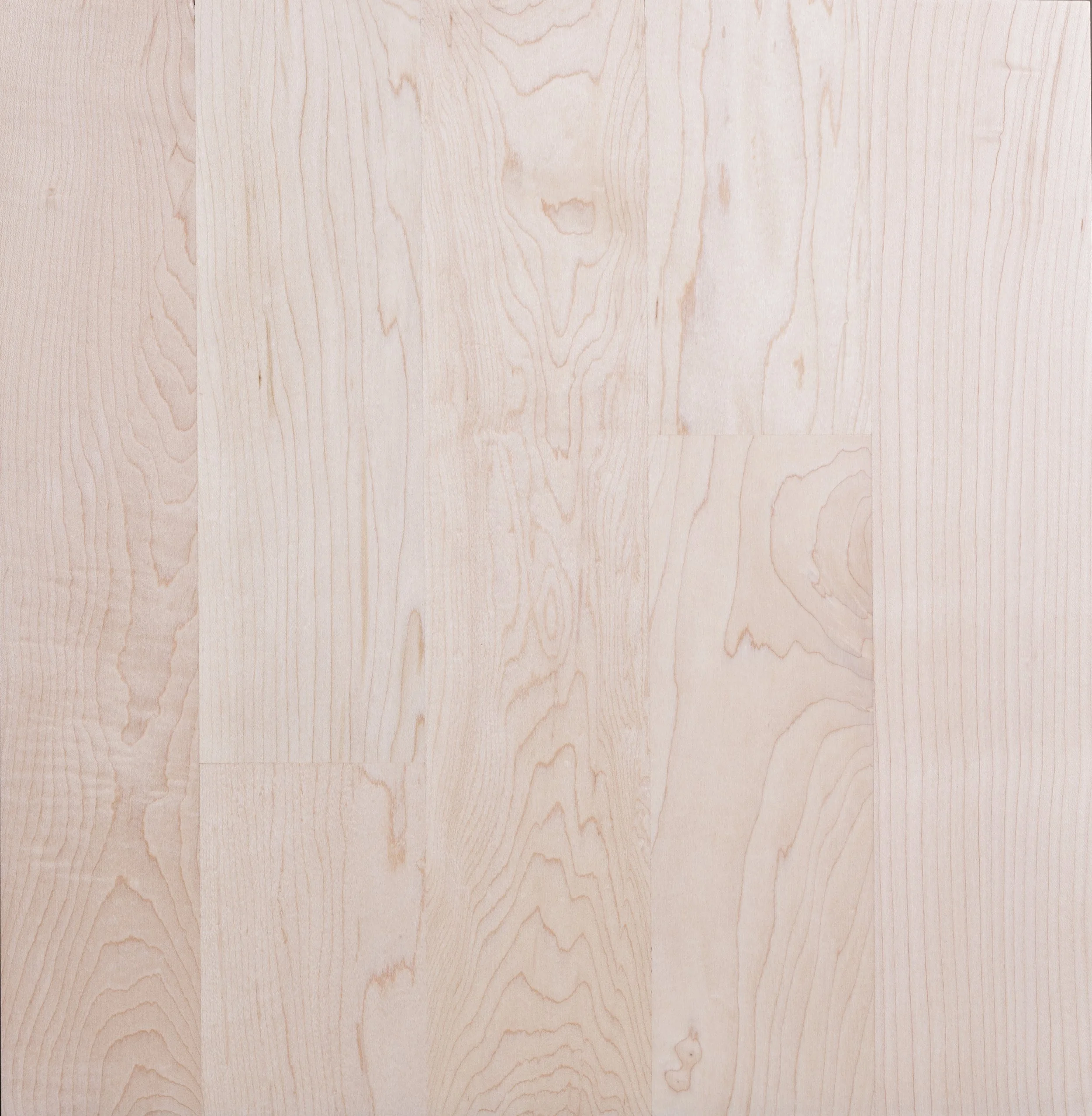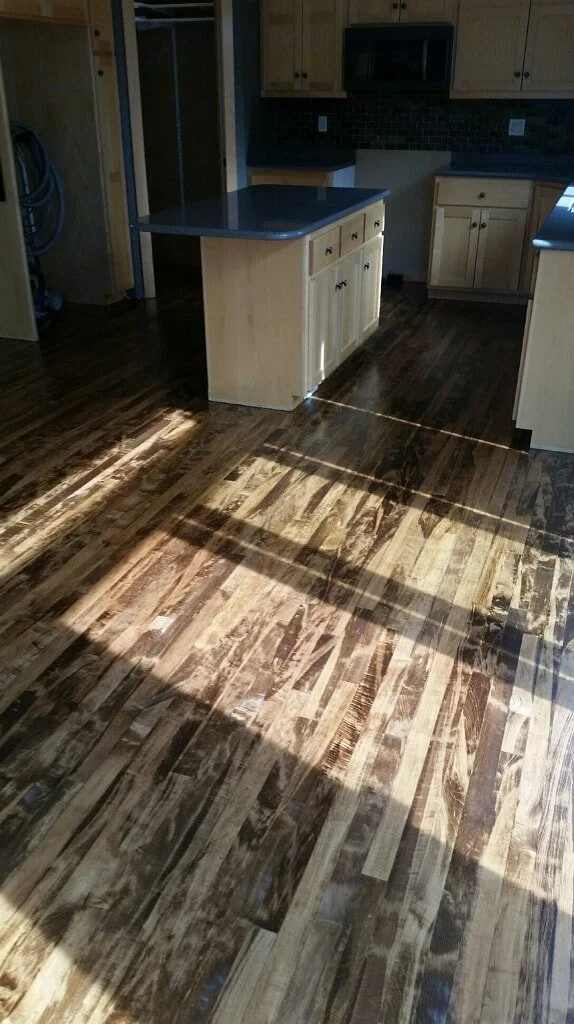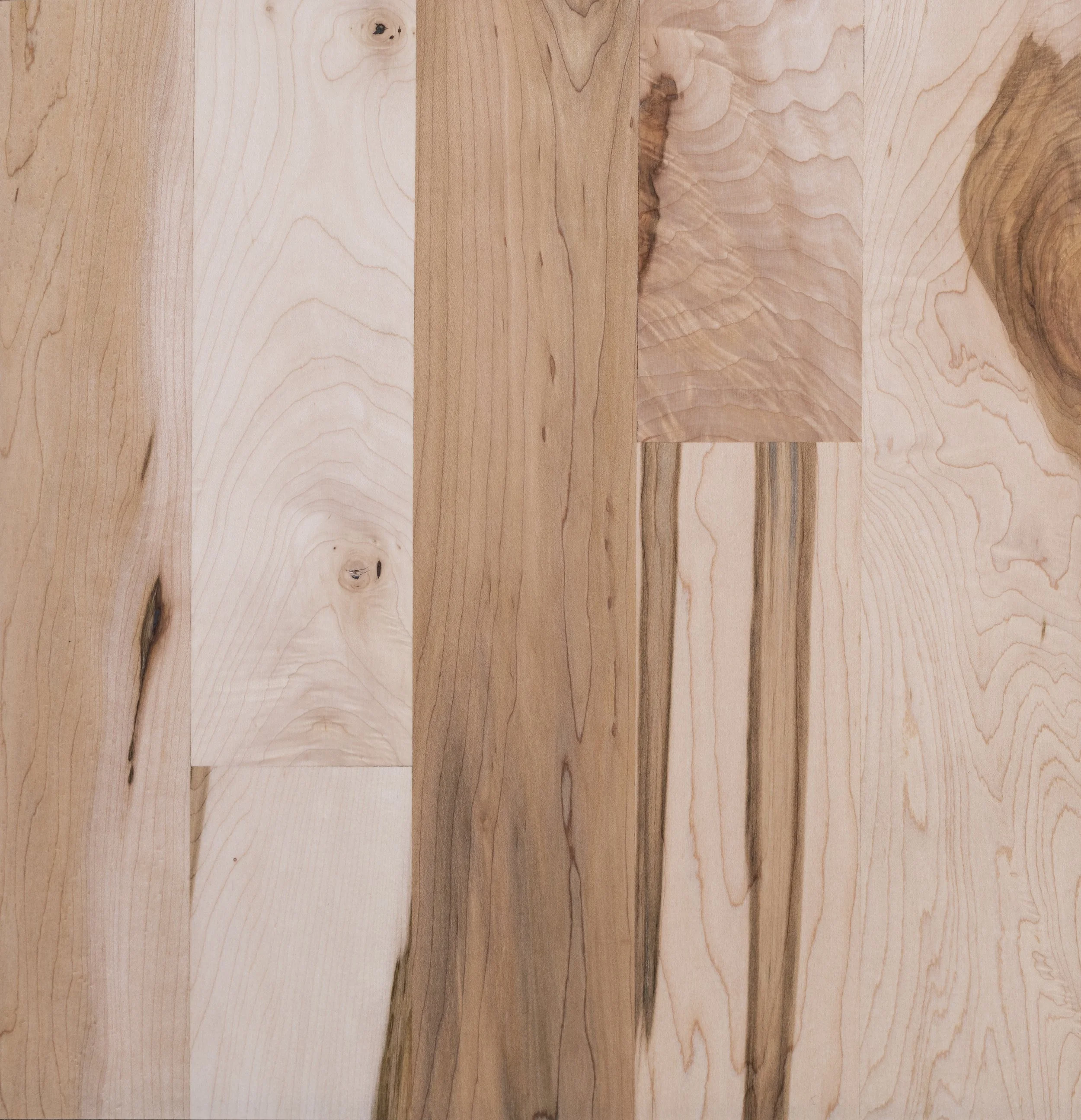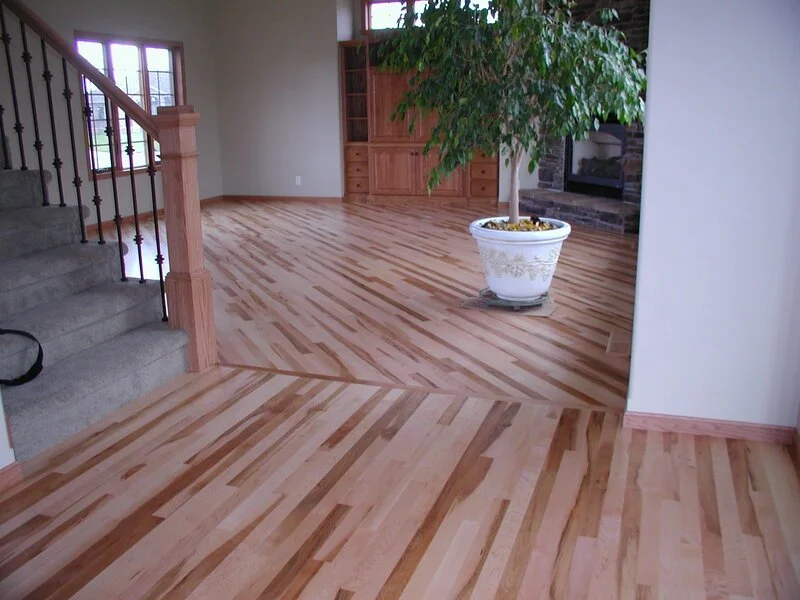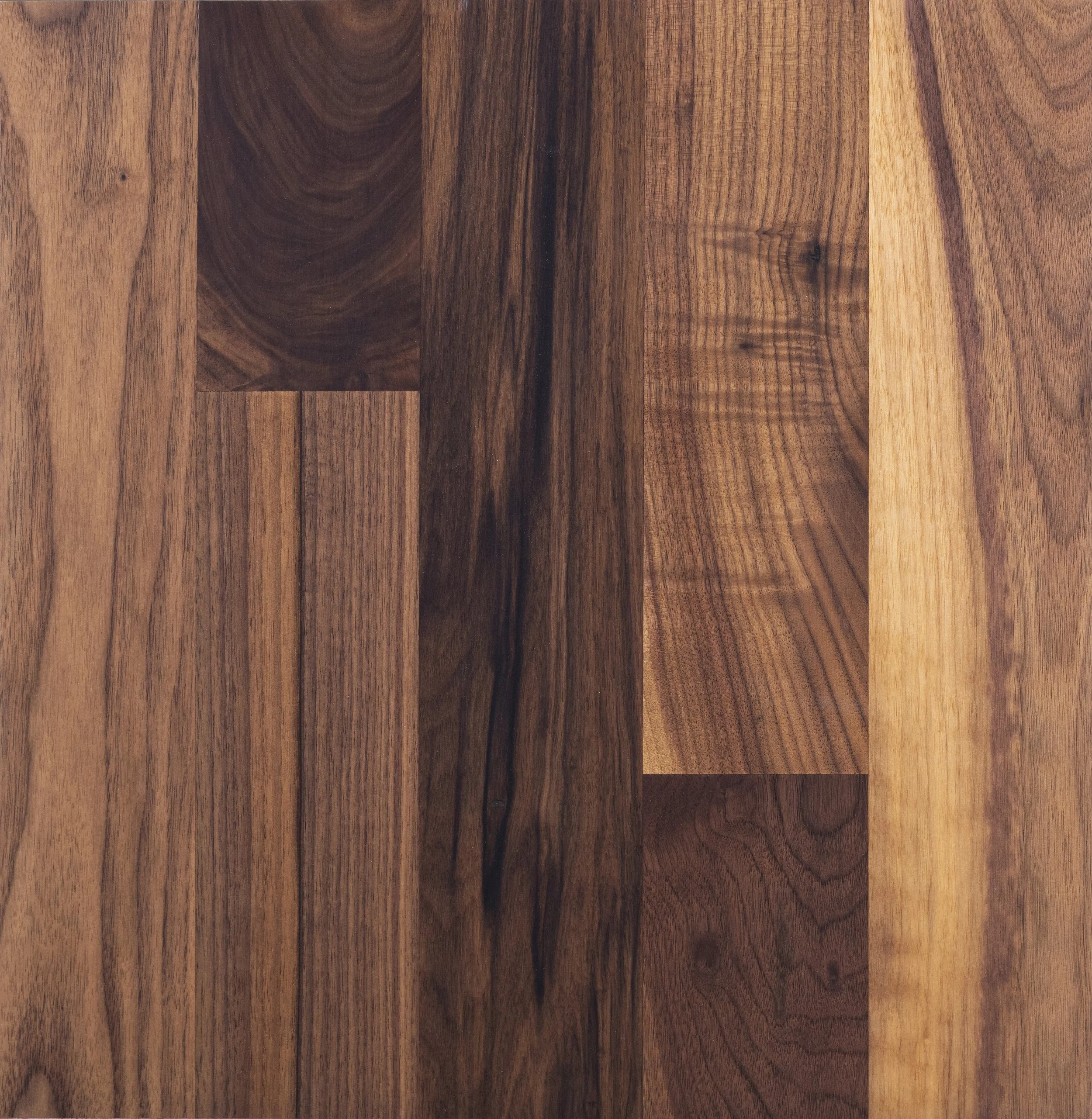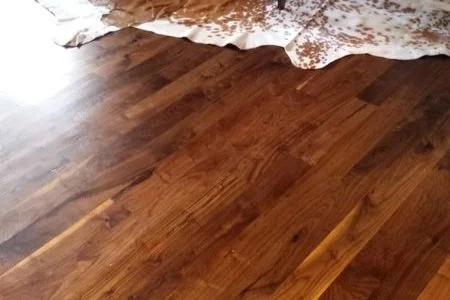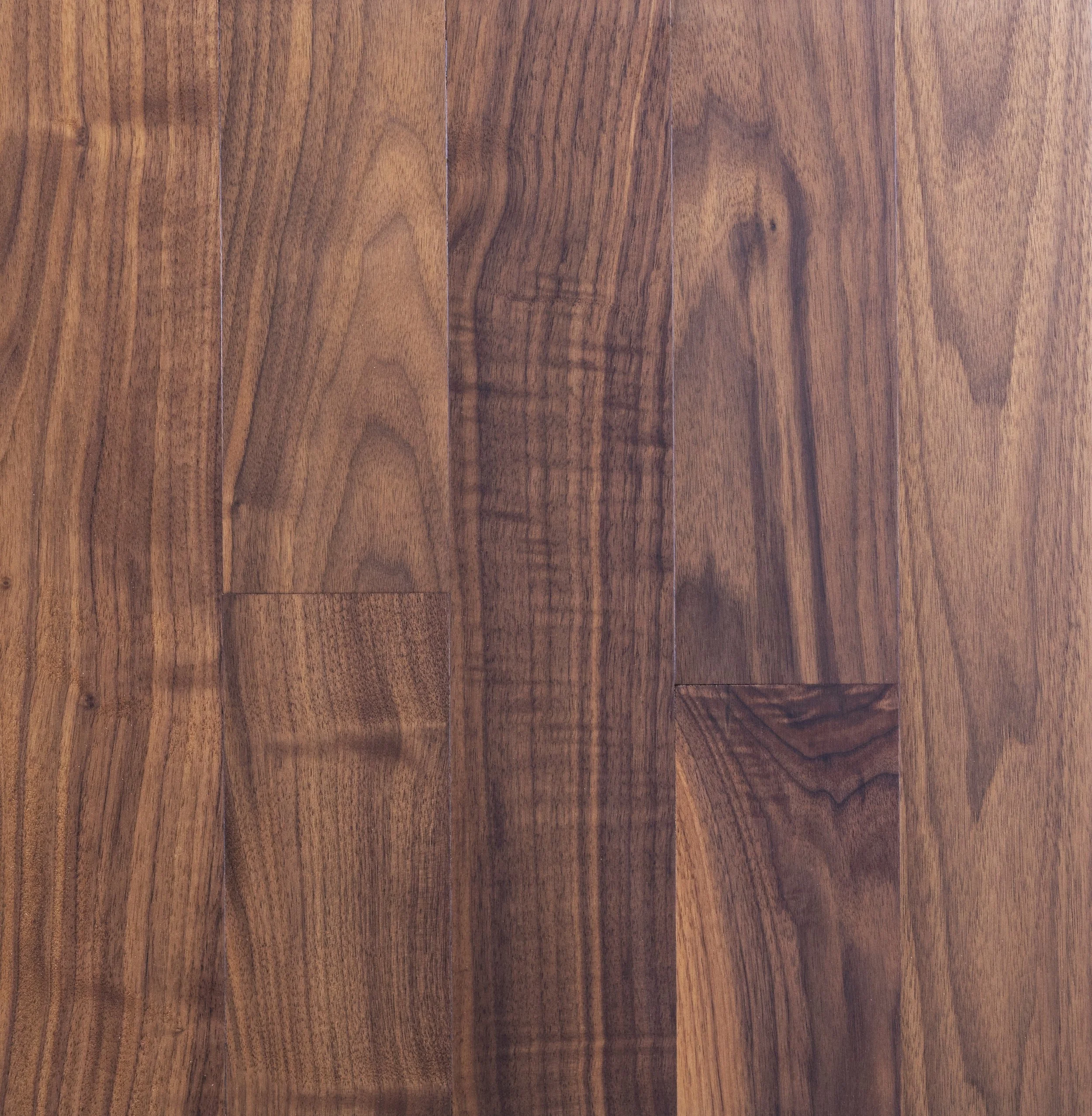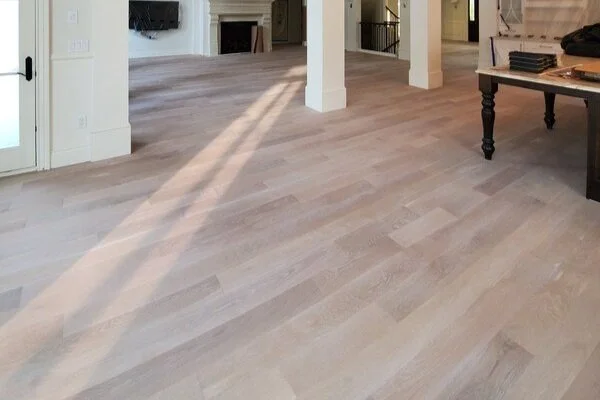Why Hardwood Floors?
SAY "I DO" TO THE FLOOR OF YOUR DREAMS
Wood floors add natural beauty and timeless style to any decor. Whether your home is traditional or contemporary, brand new or centuries old, wood floors offer endless design possibilities and make it easy to fit your home's needs and personal style.
DURABILITY
Today’s wood floors are designed to withstand the traffic of busy families, including man’s best friend. Wood floors are extremely durable and can look beautiful for decades.
HEALTH BENEFITS
You probably think a lot about whether the food you eat is safe. But how safe is the flooring surface in your home? Wood floors improve indoor air quality, which makes them a healthy option for your little one’s first steps and beyond.
ENVIRONMENTAL BENEFITS
Wood floors are the most environmentally friendly flooring option available. Because wood floors can last for many generations, they require fewer raw materials – and produce less landfill waste – than other flooring options.
ADDED VALUE
When the time comes to buy a bigger home, or to downsize, homes with wood floors sell faster and for more money than homes without them. When maintained properly, wood floors can last hundreds of years.
Hardness
Each species of hardwood has a different level of hardness. Some common domestic species like walnut, cherry, and birch are less hard in comparison to other common domestic species like maple, hickory, and oak.
The hardness of solid wood is measured according to a system called the Janka Scale. The Janka Scale gives a good indication of how well a wood species can be expected to withstand dents and dings. The scale is determined by the amount of pound-force required to push a .444-inch diameter steel ball halfway into the wood.
Ratings for both domestic and imported species are included in the scale; however, none of these values apply to engineered wood flooring. While Janka values give a general sense of how hard solid wood is, other factors also contribute to the durability of wood as well. This can include things like how the wood is cut and the finish that is applied to the wood.
Brands
We install and service mostly unfinished/site finished hardwood that is made to industry standards. We also offer some prefinished options that are made to these same standards.
Recent Project(s)
Ash
Ash Select
Beech
Birch Yellow Common
Birch
Birch Yellow Select
Birch Red Common
Birch Red Select
Brazilian Cherry
Brazilian Walnut/Ipe
Cherry
Cherry Common
Cherry Select
Cork
Cumaru / Brazilian Chestnut
Cypress
Douglas Fir
Hickory
Hickory Common
Hickory Select
Maple 1st
Maple
Maple 2nd
Maple 3rd
Maple Caramel 1st
Maple Caramel 2nd
Pine
Purple Heart
Red Elm
Elm 1st
Red Oak 1 Common
Red Oak 2 Common
Red Oak
Red Oak Select
Red Oak Rift Quartered 1 Common
Red Oak Rift Quartered 2 Common
Red Oak Rift Quartered Select
Spotted Gum
Walnut
Walnut Common
Walnut Select
White Oak 1 Common
White Oak
White Oak 2 Common
White Oak Select
White Oak Rift Quartered 1 Common
White Oak Rift Quartered 2 Common
White Oak Rift Quartered Select
Vents
Wall Siding
How To Choose Wood Flooring: There are endless products available so please talk to a wood flooring professional to make a fully informed decision. Here are some starting points.
Dimensions & Manufacturing - The wood flooring industry is completely separate from the tile industry and also from the carpet industry (which includes carpet, vinyl, and laminate). The hardwood flooring of the past 100 years was produced in standard dimensions of 3/4" thick face with widths of 1 1/2", 2 1/4", 3" or 3 1/4", 4", and 5". Now you can get plank flooring that's even wider in one inch increments. These products have been around for decades and they will be for many more decades. This makes them a good choice for a long term product.
Where and how the wood flooring is made can greatly influence the quality of the product. There are so many variables that a supplier and installer must know to match the customer with the right product. The following factors affect the product: lumber grading that goes into making the flooring grades, kiln drying schedules, regional color differences, range of board lengths, average board lengths, milling tolerances, grading percentage that is allowable but out of specification, number of mineral streaks, number of knots, speed of milling and total production process, storage of lumber and milled flooring, and shipping environment. There is so much to know that it takes a lot of experience to consistently supply good products.
Location - The moisture fluctuation and the type of substrate/subfloor determine the type of flooring needed. Solid wood is the best value and the most widely used, but it reacts to moisture the most. Most people prefer solid products whenever possible, since they are more durable and longer lasting. If moisture is a concern or radiant heat or concrete substrates are involved, then engineered flooring or rift & quartersawn (R/Q) solid flooring must be used. Engineered wood is assembled from a thin layer of hardwood and a plywood backing for increased stability during moisture fluctuations. R/Q flooring has more vertical grain so the flooring boards only change width about half as much as standard, plainsawn boards. These are the wood flooring options, but many mention laminate flooring in the same catagory even though it is particle board with a picture laminated onto the top. So laminate is not wood flooring.
Hardwood floors can be prefinished or site-finished. Site-finished flooring is installed and then sanded and finished. With a full sanding after installation these floors are completely smooth once they're finished. Now days all prefinished flooring is milled with a bevel on the board edge so an installed floor has grooves between the boards. The prefinished products is UV cured so the finish is harder than site finished product. But usually prefinished surfaces are too hard to adhere new finish during a recoat. Also prefinished product is available only in certain woods, grades, and colors specific to that manufacturer.
With prefinished you get a more durable finish, a finish that likely cannot be recoated, a few less product options, bevels between the boards, and less overall installation time.
Unfinished hardwood that is site finished you can fully customize the product to fit you. You get unlimited species, grading, color, and sheen options, slightly less durable finish that's not UV cured, finish that can be recoated, smooth flooring with no bevels, and a day or two longer total time for the sanding and finishing process.
Hardness - This is an important consideration. The required hardness is determined by the traffic that the floor will see. Heavy daily use, children, and dogs require a wood that is at least as hard as red oak. Heavy traffic on a floor requires a harder wood such as Cumaru, Brazilian Cherry, Brazilian Walnut, Hickory, Maple, or Oak.
Grade & Color - The grade and color of the wood can give a contemporary, traditional, or rustic feel to the area. The color is determined by the species and the finish. This should compliment or blend with the surrounding woodwork, walls, and furniture. The layout, whether it is strip, plank, or parquet flooring, and the use of medallions and borders all affect the style and feel as well.
Summary - Solid, site finished flooring is the most popular for numerous reasons. It is recoatable. After 5 to 10 years the surface may become worn, and it only needs to be buffed and coated. It is customizable. It can be stained any color and finished in any sheen. It is easily cleaned, since it has a smooth surface. It is readily available. A wide range of woods have been available for decades and will continue to be. Medallions and borders are easily created. Solid wood also can be refinished numerous times.








